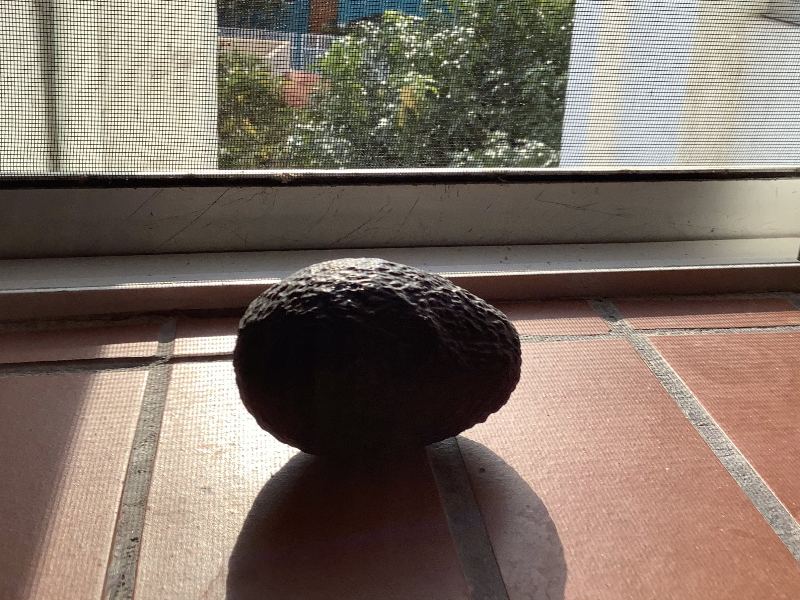HAY: There Is, There Are
Today we will look at the Spanish verb HAY / AYE, which translates into English as “There is/There are.” Hay / AYE is derived from the Spanish verb HABER / ah-baiRR, which translates as “to have done” or “to have in existence/be.” For example:
He comido el último aguacate. (I have eaten the last avocado.)
Puede haber más en la cocina. (There may be more in the kitchen.)
HAY is a very useful verb to learn for beginning language students. Take care with the pronunciation: HAY in Spanish sounds like the English words AYE or EYE. The sound of the English word hay (for horses) would be transcribed in Spanish as “ge” (name of the letter G) or “je” (jejeje denotes laughing, as in the English hahaha).
Questions with Hay / AYE
You can use hay / AYE to ask if things are available. ¿Hay / AYE? is less personal than ¿Tiene? (Do You have?):
¿Hay clase hoy? (Is there class today?)
¿Hay preguntas? (Are there any questions?)
¿Hay manzanas? (Are there any apples?)
Or not…
¿No hay clase hoy? (Isn’t there class?)
¿No hay manzanas? (Aren’t there any apples?)
Notice that the English translation often sounds better if you use the word “any” when you are asking about something in the plural.
Talking about How Many
You can also use hay / AYE to talk about how many there are of something:
Hay tres estudiantes. (There are three students.)
Hay dos aguacates. (There are two avocados.)
¿Cuántos hay? (How many are there?)
Expressions with Hay / AYE
The word hay appears in some other useful constructions:
No hay de qué. (Don’t mention it, you’re welcome.)
This expression is more formal than de nada / they NAH-thah, but it is used.
Hay que… + infinitive (It’s necessary to…one must…)
Example: Hay que llenar el formulario. (You must fill out the form.)
Popular Saying with Hay / AYE
A well-known “dicho” or popular saying with hay / AYE is:
Hay que llamar al pan, pan y al vino, vino.
Literal translation: You must call the bread, bread, and the wine, wine.
Meaning: Speak plainly, say it like it is.
Remember it!
One of the ways to quickly learn language vocabulary is to engage your imagination. You will remember things better if they are associated with a memory of an event – either real, or imagined.
To recall the word hay / AYE with the correct pronunciation, imagine yourself in an Indiana Jones adventure movie. You’ve just been served a large bowl of hot steaming soup.
Suddenly, you realize there is a large, floating eye in your bowl.
“Waiter!” you scream. “There’s an EYE in the soup!” (¡Hay un ojo en la sopa!)
“Aye, there’s an eye,” the waiter replies. “Do you want another one? There are more in the kitchen.”
So, remember it this way:
Hay / EYE = there is or there are
More Spanish Lessons!
For more Spanish lessons, including free handouts and videos, see Spanish that Works for You.
NOTE: The words “You” and “Your” are often capitalized in Spanish that Works™ to remind you that you are using the polite forms usted (You) and su (Your), and not the “buddy-buddy” forms tú (you) and tu (your). The polite forms are more appropriate for customer service situations, and simplify the verb conjugations for the beginner. The “dd” in the pronunciation guide is a tapped “r,” similar to the fast “dd” of the word “buddy,” and the “th” in the guide is the voiced “th” of “brother.” The “eh” of the guide is like “eh?”, similar to the “a” of “gate.” You should stress the syllable written in all caps. For more information, visit the SpanishThatWorksOrg YouTube channel.
*This post was adapted from the Spanish that Works Review newsletter – May 2004 by Elizabeth Almann




